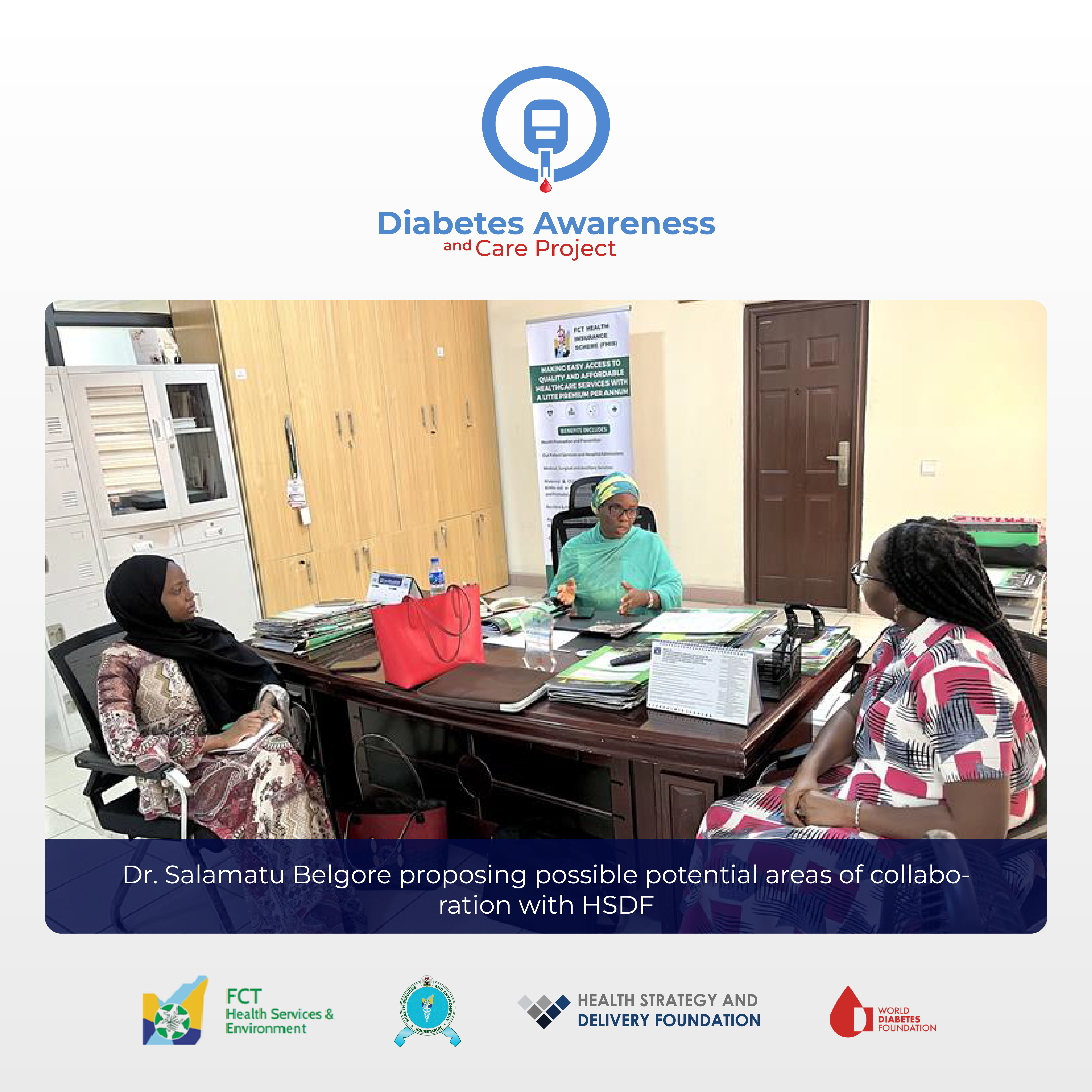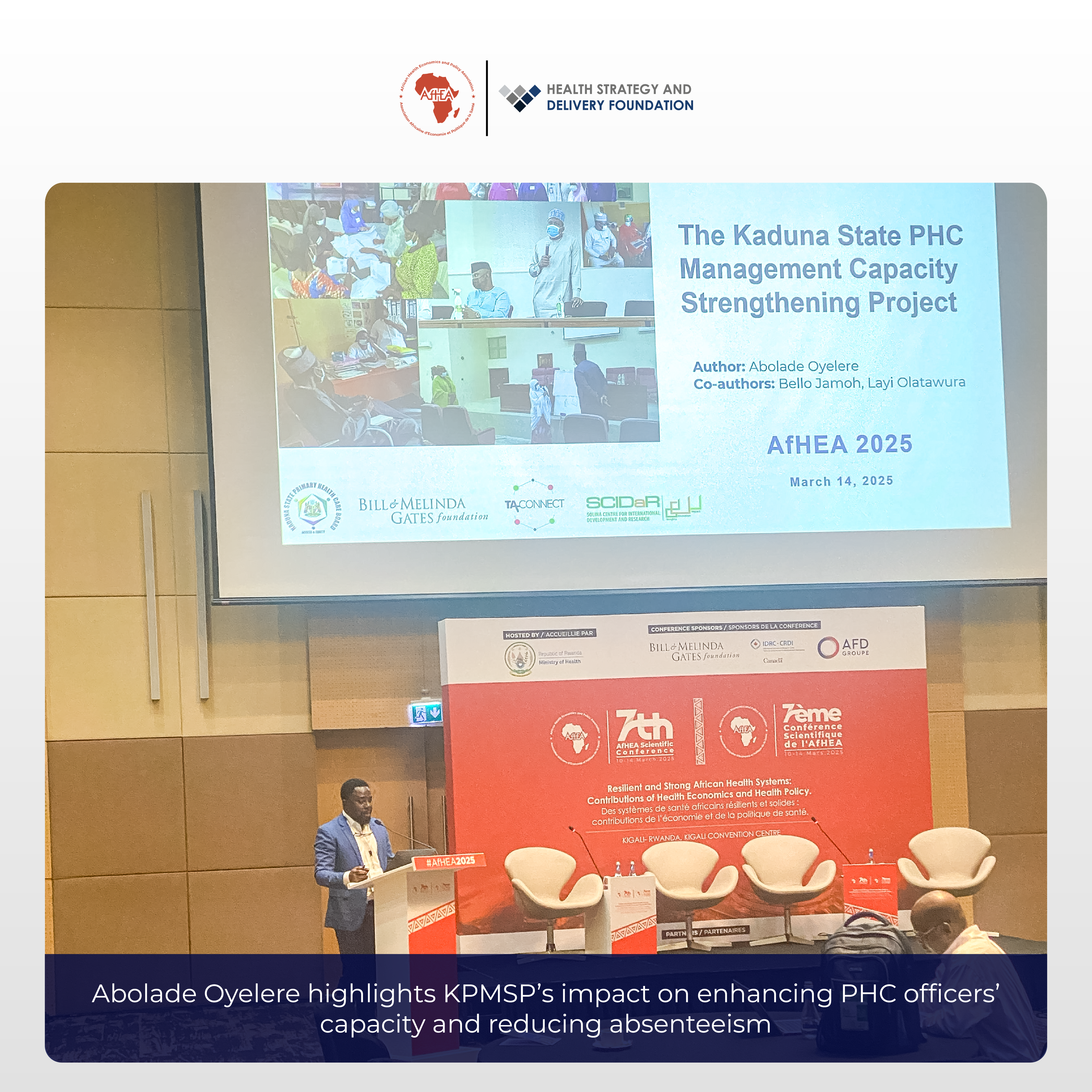Improving Financial Planning and Management to Strengthen Health Systems in Kaduna State
Improving Financial Planning and Management to Strengthen Health Systems in Kaduna State
Addressing the challenges within Primary Health Care (PHC) systems in Nigeria depend on a range of factors that border on demand, supply, and governance issues. Underpinning some of these factors are parameters within the fiscal space and the budgetary provisions for financing health programs, systems, and infrastructures. This implies that strategic financial planning is key to successful and sustainable health systems. However financial planning for health is often characterized by poor budget execution, limited fiscal space and poor coordination of fragmented funds, especially at the PHC level.
Improving health financing and financial management systems are key elements in the PHC systems strengthening the MOU framework between Kaduna State, the Bill and Melinda Gates Foundation (BMGF), and the UK Department for International Development (DFID). As part of this agreement, HSDF is working with Kaduna State to generate evidence for better financial planning and funding for its health sector using three key studies – State Health Accounts; Fiscal Space Analysis, and; Public Expenditure Tracking Survey.
The State Health Accounts (SHA) is designed to understand how much is being spent and by whom and to track this expenditure through all relevant actors over a specific period of time. A key component of the SHA is a household survey focused on estimating out-of-pocket expenditure on health (such as cost of hospital bills and medications) by residents of Kaduna State. The study also seeks to identify demographic and health-seeking patterns including a willingness to pay for Insurance. Using the System of Health Accounts Framework, the survey methodology employs a two-stage cluster sample design across 100 enumeration areas in the three senatorial zones in Kaduna State. Overall, 750 – 1000 households are being surveyed using face-to-face self-reporting interviews.
The results will provide estimates on out-of-pocket expenditure as a percentage of total spending on health; household utilization of health services; household willingness to pay for health and; an estimation of catastrophic payment count ratio. These granular estimates (alongside other results from the SHA study) of total health expenditure will be utilized as evidence to advocate for additional investments and/or reallocation of resources towards better health outcomes.
Recent News
Grants and Business Development Specialist
We are seeking a highly motivated and experienced Grants and Business Development Specialist to join our organization. The successful candidate will be responsible for identifying funding opportunities, developing grant proposals, and fostering partnerships with potential donors and stakeholders (regional and global). This role plays a vital part in securing funds and resources to support our organization’s mission and projects.
Apply NowPublic Health Consultant, Guinea
The consultant (working with the Accelerator team) will collect results from the tool, organize a meeting with stakeholders to discuss results from the tool, and produce a report on key findings and recommendations from the tool to be shared publicly.
Apply NowPublic Health Associate, Senegal
We are currently in search of an experienced Public Health professional in Senegal to work on the anticipated Nutrition Capacity Development and Financing Platform and provide technical assistance to elevate nutrition financing and strengthen local capacity to support these efforts. The Associate must be bilingual (English and French).
Apply Now


